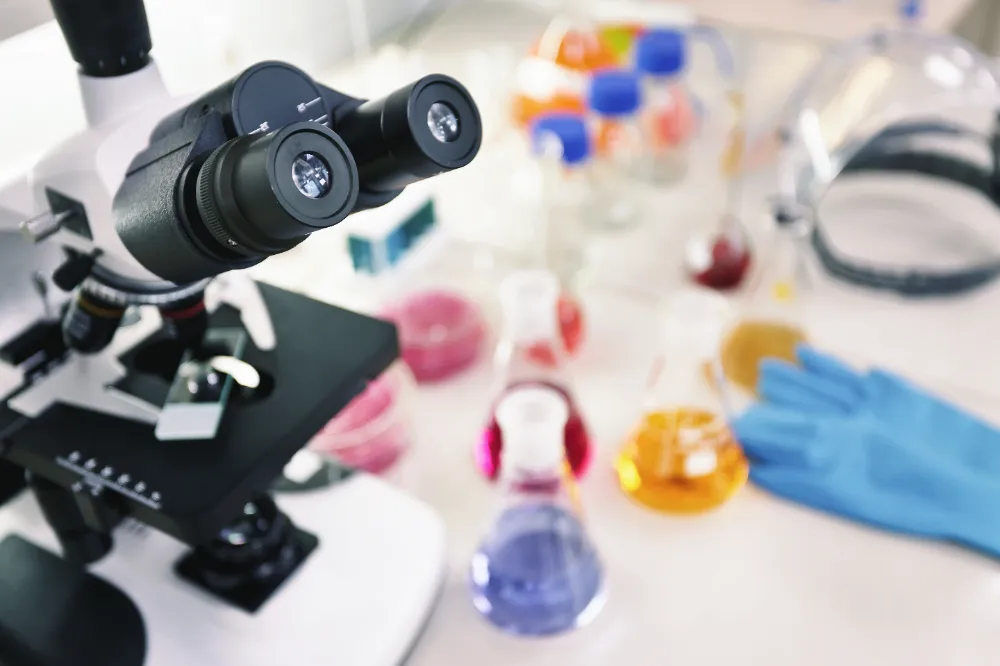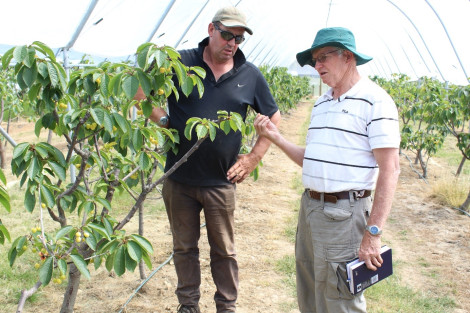A recent study conducted by a team of researchers from the Universities of Padua and Perugia analyzed the biotechnological potential of Prunus cerasus var. Marasca, a well-known Croatian sour cherry variety used in the production of the famous “Maraschino” liqueur and also a rich source of bioactive compounds.
The aim of the study was to obtain undiAerentiated in vitro cell cultures from plant leaves and to analyze their phytochemical composition and antioxidant and anti-inflammatory activities.
Optimization of culture conditions
The first step was optimizing the conditions for the induction and growth of callus and cell suspensions by testing diAerent culture media (MS, B5, WPM) and combinations of plant growth regulators.
Results identified B5 NAK and B5 DK media as the most suitable for obtaining vital and productive calli.
Among the isolated cell lines, only the green lines (P NAK V and P DK V) showed significant growth and active secondary metabolism, while the brown lines were discarded due to low yield and poor biological activity.
Biochemical analysis of calli
Colorimetric analyses of the juices extracted from the calli revealed a high content of total polyphenols and procyanidins in the green lines, with a peak concentration around the 28th day of growth.
The juices exhibited eAective antioxidant activity, correlated with phenolic content, with values comparable to those of ascorbic acid.
The cultures were also tested under dark conditions to simulate the typical environment of industrial bioreactors. Despite reduced growth and a change in color, the cultures grown in the absence of light (P NAK Vd, P DK Vd) maintained a favorable metabolic profile.
Dark-grown cultures and flavanones
The P NAK Vs line, grown in darkness, proved particularly promising; its growth curve showed a typical profile of a well-adapted cell suspension, with cells remaining homogeneous and vital.
Phytochemical analyses using LC-MS and HPLC-DAD identified six flavanones, including naringenin and naringenin glucoside, compounds of interest due to their health-promoting properties.
Surprisingly, the juices obtained from calli grown in the dark (P NAK Vd) exhibited higher flavanone content than those cultivated under a photoperiod, reaching up to 79.22 μg/mL, indicating excellent potential for industrial applications.
Biological activity and conclusions
From a biological perspective, the selected juices (P1: P NAK V, P2: P NAK Vd, P3: P NAK Vs) were tested on “Caco-2” cells to assess their antioxidant and anti-inflammatory eAects.
All three significantly reduced the production of reactive oxygen species (ROS), with P2 and P3 being particularly eAective.
Moreover, following stimulation with lipopolysaccharide (LPS), treatments reduced the production of pro-inflammatory cytokines IL-1β and TNF-α, confirming their anti-inflammatory eAects.
The antioxidant and anti-inflammatory activities were found to be independent of total flavanone content, suggesting a possible synergistic eAect among the present compounds.
In conclusion, this study demonstrates that cell cultures of Prunus cerasus var. Marasca represent a valid biotechnological platform for the production of nutraceutical compounds, particularly flavanones such as naringenin, with potential applications in the food, cosmetic, and pharmaceutical industries.
Furthermore, the ability to obtain bioactive juices even under dark conditions is a significant advantage for future industrial scale-up.
Source: Dalla Costa, V., Piovan, A., Varfaj, I., Marcotullio, M. C., Brun, P., & Filippini, R. (2025). From “Maraschino” to Cell Cultures: A Deep Study on Prunus cerasus L. Cell Culture Juices. Molecules, 30(5), 1089. https://doi.org/10.3390/molecules30051089
Image source: Il Pianeta Verde
Andrea Giovannini
University of Bologna (ITA)
Cherry Times - All rights reserved











